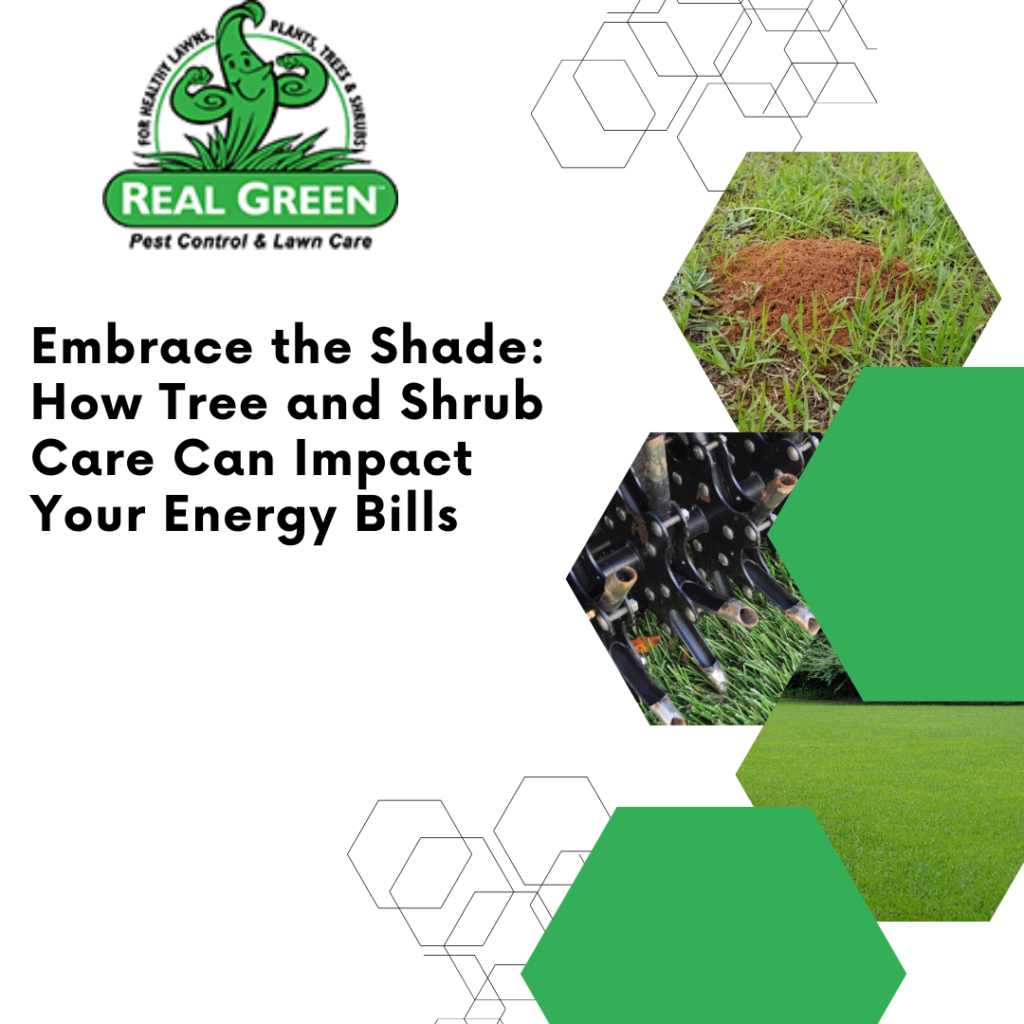
Tree and shrub care | The role of trees and shrubs in our environment extends far beyond the aesthetic appeal they provide. These silent soldiers of the natural world hold the capability to significantly influence our energy consumption patterns and, in turn, our utility bills.
The secret lies in their strategic placement and diligent care, which can help us harness their potential to the fullest. A properly shaded home is akin to a natural energy-saving system, contributing to a smaller carbon footprint and promoting sustainability.
By mastering the art and science of tree and shrub care, we can transform our homes into energy-efficient havens, experiencing not only the beauty of nature but also its practical benefits.
Shade and Savings: The Environmental and Economic Benefits of Tree and Shrub Care
1. Strategic Planting for Optimal Shading and Insulation
Planting trees and shrubs strategically can provide your home with natural shade, reducing the need for energy-intensive air conditioning and heating. The right placement and selection of these plants can create microclimates around your home that help maintain comfortable temperatures, keeping your home cooler in the summer and warmer in the winter. Consider these factors when designing your landscape:
-
- Plant trees on the west and southwest sides of your home to provide ample shade during the hottest parts of the day.
-
- Choose deciduous trees for their broad, leafy canopies that offer cooling shade in the summer and allow sunlight to provide warmth during winter when their leaves have fallen.
-
- Plant evergreen trees and shrubs on the north and northwest sides of your property to create a windbreak, blocking cold winter winds and helping to conserve energy used for heating.
-
- Position shrubs, bushes, and vines close to your home to provide additional insulation and act as a natural barrier against heat loss and gain, while avoiding overcrowding to maintain proper airflow and light penetration.
2. Regular Pruning to Maximize Energy Savings
Proper tree and shrub maintenance, including regular pruning and trimming, is essential in achieving a landscape that effectively conserves energy. By keeping your plants well-groomed, you can ensure they provide optimal shade and insulation while preventing potential damage to your home from overgrown limbs or foliage. Consider these tips to help you maximize the energy savings of your trees and shrubs through proper pruning:
-
- Prune deciduous trees during their dormant season, typically late winter or early spring, to promote healthy growth, enhance the canopy, and ensure adequate shading during hotter months.
-
- Trim evergreen trees and shrubs as needed to maintain their desired shape and size, and to encourage density for an effective windbreak.
-
- Regularly remove dead, damaged, or diseased limbs to minimize the risk of pest infestations and prevent potential damage to your home or property.
-
- Avoid over-pruning or “topping” trees, as this can lead to weakened branches, increased susceptibility to disease, and diminished shading capabilities.
3. Mulching and Irrigation for Healthy, Energy-efficient Landscapes
Proper mulching and irrigation techniques can improve the health and vigor of your trees and shrubs while also conserving water and energy. A healthy landscape is better equipped to provide insulation, shade, and reduced energy consumption in your home. Consider implementing these best practices:
-
- Apply organic mulch, such as wood chips or shredded leaves, around the base of your trees and shrubs to help retain moisture, regulate soil temperature, and promote root growth. Ensure mulch is not in direct contact with the trunks to avoid potential issues with disease or pests.
-
- Water trees and shrubs deeply and less frequently, rather than frequent shallow watering, to encourage deep root growth and increase their drought tolerance.
-
- Install drip irrigation systems or soaker hoses for an efficient watering method, directly delivering water to the soil and roots around your plants, minimizing evaporation and reducing energy needed for plant transpiration.
-
- Monitor weather conditions and adjust your watering schedule accordingly, reducing irrigation during periods of rain and increasing during hot, dry spells.
4. Protecting Your Trees and Shrubs from Pests and Disease
A well-maintained landscape not only conserves energy but also minimizes the risks associated with pests and diseases that could compromise the health of your trees and shrubs. Implementing sound pest prevention and control strategies can help ensure your landscape thrives and continues to provide the desired shading and insulation benefits. Here are some steps to protect your trees and shrubs:
-
- Regularly inspect your plants for signs of pests or disease, and address any issues as soon as they’re detected to minimize their impact on your landscape’s overall health.
-
- Utilize integrated pest management (IPM) strategies that incorporate a combination of cultural, biological, and chemical approaches to prevent and control pests in your landscape.
-
- Foster a healthy, resilient landscape by employing proper planting, watering, pruning, and fertilization techniques suited to the specific needs and challenges of your region and climate.
-
- Consult with a professional lawn care and pest control specialist like us for guidance on effective pest management strategies and treatments tailored to your landscape’s unique requirements.
By understanding the critical role that tree and shrub care plays in your home’s overall energy efficiency and working with expert lawn care and pest control professionals, you can ensure your outdoor environment flourishes while keeping energy bills in check.
5. Boosting Your Home’s Energy Efficiency with Strategic Landscaping Choices
In addition to strategically planting trees and shrubs, other landscaping choices can make a substantial difference in your home’s energy efficiency. From constructing hardscape shading features to planting a mix of ground covers, your landscape choices can help minimize energy consumption. Consider these ideas to further improve your home’s energy conservation:
-
- Build pergolas, arbors, or trellises in your garden to provide additional shade, especially over patios and driveways, which tend to absorb and radiate heat.
-
- Utilize masonry retaining walls or natural stone to create “thermal mass” in your landscape—an integrated design feature that absorbs heat during the day and releases it at nighttime when temperatures drop, helping to regulate the ambient temperature near your home.
-
- Plant ground covers, like low-growing grasses and perennials, to reduce soil temperatures and help control weed growth, while simultaneously assisting in moisture retention and reducing the heat island effect around your home.
-
- Design your outdoor space to encourage natural airflow by strategically positioning trees, shrubs, and hardscape features to direct summer breezes towards your home and deter strong winter winds.
6. Calculating the Impact of Tree and Shrub Care on Your Energy Bills
Quantifying the savings potential of implementing tree and shrub care in your landscape can be difficult, as several factors contribute to your overall energy usage. However, research has shown that strategic tree placement can result in measurable energy savings. To gauge the impact of your tree and shrub care on your energy bills, consider the following factors:
-
- Age of trees: Younger trees have smaller canopies and thus provide less shade and insulation compared to mature ones. As your trees grow, their impact on your home’s energy efficiency will increase.
-
- Climate: Your regional climate, with its specific heating and cooling needs, will significantly influence the potential energy savings from your trees and shrubs.
-
- Tree species: Deciduous trees are more effective in providing shade during the summer months, while evergreen trees are better suited for insulating properties year-round. The variety of trees on your property will impact your energy savings.
-
- Landscaping density: A densely planted landscape can have a more significant effect on energy conservation due to increased shading and insulation.
To better understand the potential impact of your tree and shrub care on your energy bills, consult with a professional lawn care specialist, who can assess your landscape and offer tailored recommendations based on your property’s unique needs.
7. Lawn Care and Pest Control: Maximizing the Energy-saving Potential
Optimizing your landscape for energy conservation may require specialized lawn care and pest control services. To ensure your trees and shrubs grow healthy and effectively contribute to an energy-efficient landscape, it’s essential to partner with experienced professionals.
By entrusting your lawn care and pest control needs to experts, you’ll receive personalized advice and solutions designed to maximize the energy-saving potential of your landscape. From identifying the ideal tree species to plant in your climate to implementing a comprehensive pest management plan, a qualified lawn care specialist can help transform your landscape into an energy-efficient oasis.
8. Play Your Part: Reducing Energy Consumption and Boosting Green Living
Caring for your trees and shrubs goes beyond aesthetic appeal; it contributes meaningfully to a greener, more sustainable lifestyle. While cutting back on energy consumption, you are also positively impacting the environment, reducing your carbon footprint, and making a difference for future generations.
To make the most of your landscape’s potential, consult with experienced professionals who can tailor solutions to your property’s unique needs and help ensure your outdoor environment is as energy-efficient as possible. By investing in expert guidance, you’ll gain valuable insights and knowledge to maintain a meticulously curated, energy-saving landscape that benefits both your home and the environment.
9. Local Climate Considerations for Tree and Shrub Selection
Your local climate significantly influences energy efficiency, so it’s important to choose trees and shrubs that are well-suited to your region to ensure robust growth and maximum energy savings. Native plants are also more likely to thrive with minimal maintenance and offer better resistance to local pests and diseases. Consider these tips when selecting trees and shrubs for your landscape:
-
- Opt for trees with dense canopies or rapid growth rates for regions with hot summers, while favoring species with strong wind resistance in areas with intense winter storms.
-
- Consult with local experts who can provide guidance on plant selection based on the microclimates of your region or landscape.
10. Seasonal Tree and Shrub Care: Adjusting Your Maintenance Practices
Adapting your tree and shrub care to each season’s unique challenges will ensure your landscape remains healthy and continues to provide the desired energy-saving benefits year-round. Here are some popular seasonal maintenance tips to help you maximize your outdoor space’s energy efficiency:
-
- Spring: Inspect your landscape for winter damage and prune dead or damaged branches. Apply a slow-release fertilizer to promote healthy growth, as well as a pre-emergent herbicide to control weeds.
-
- Summer: Focus on regular watering during hot, dry spells and monitor for signs of heat stress, pests, or disease. Mulch your landscape to help retain moisture and insulate the soil from extreme temperatures.
-
- Fall: Reduce your watering frequency, clear fallen leaves, and prepare your trees and shrubs for winter by applying a balanced slow-release fertilizer. It’s also a great time to plant new trees and shrubs to take advantage of the cooler temperatures.
-
- Winter: Protect your trees and shrubs from frost damage with proper insulation and preventive measures, such as applying an anti-desiccant spray to evergreens or covering sensitive plants with frost cloth.
11. The Role of Soil Health and Nutrient Management in Energy Conservation
Healthy soil is fundamental to the growth and development of trees and shrubs, which in turn contribute to energy efficiency in your landscape. By managing soil health and nutrient availability, you can improve the condition of your trees and shrubs, making them better able to provide shade, wind protection, and insulation. To implement effective soil and nutrient management practices, consider the following:
-
- Conduct a soil test to analyze nutrient levels and identify any nutrient deficiencies or imbalances that could affect plant growth and energy-saving potential.
-
- Utilize deep root fertilization techniques to directly deliver nutrients to the root zone of trees and shrubs, enhancing their uptake efficiency and supporting vigorous growth, which contributes to their ability to optimize energy conservation in the landscape.
-
- Apply organic or synthetic fertilizers as needed to provide essential nutrients to your trees and shrubs, ensuring they grow strong and healthy.
-
- Incorporate organic matter, like compost or aged manure, into the soil to improve its structure, water retention, and nutrient availability for your plants.
-
- Practice proper irrigation techniques to maintain soil moisture levels and promote root growth, while avoiding overwatering that can lead to nutrient leaching and nutrient deficiency.
12. The Long-term Benefits of Tree and Shrub Care for Energy Savings and Home Value
While the energy savings provided by strategic tree and shrub care may not be immediately apparent, the long-term benefits are undeniable. A well-maintained landscape can yield significant energy savings over time and enhance your home’s curb appeal. Some reasons to invest in expert tree and shrub care include:
-
- Higher energy savings: As your trees and shrubs mature, their canopies will expand, providing increased shading and insulation for your home and reducing your energy consumption.
-
- Enhanced home value: The aesthetic appeal and energy efficiency benefits of a well-maintained landscape have the potential to increase your home’s market value.
-
- Environmental impact: By conserving energy through efficient tree and shrub care, you’re contributing to a more sustainable lifestyle, reducing your carbon footprint, and benefiting the broader environment.
By consistently caring for your trees and shrubs and staying informed about best practices, you can maximize your home’s energy efficiency and make a positive impact on the planet.
The Future of Energy-efficient Landscapes Starts with Expert Tree and Shrub Care
Taking a proactive approach to tree and shrub care is an essential part of creating an energy-efficient landscape that contributes not only to your home’s overall appeal, but also to significant energy savings. By investing in proper plant selection, seasonal care, soil health, and nutrient management, you can shape your landscape into a valuable asset for your home and the environment.
Partnering with knowledgeable lawn care and pest control professionals is crucial to cultivating an energy-efficient outdoor space. As experts in tree and shrub care, Real Green is committed to assisting homeowners in maximizing their landscapes’ energy-saving potential by providing tailored services and guidance to optimize your outdoor area for energy conservation and sustainable living.
Contact us today to schedule a consultation and learn how our expert tree and shrub care services can transform your home’s landscape into an energy-saving oasis!
Austin Lawn Care Experts
Real Green’s lawn service is customized to your lawn with professional grade products and fight the tough, drought related weeds, lawn-damaging bugs and disease while providing a nutrient-rich diet and water saving products to thicken and green up your lawn. No more messy fertilizer and chemical storage. No more concerns about burning your yard. You water and mow, we’ll do the rest.

Lawn Care

Tree & Shrubs

Pest Control

Sprinkler Repair


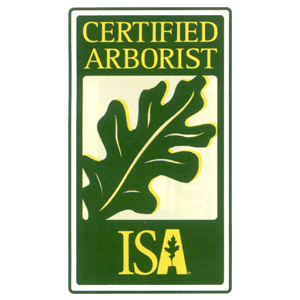


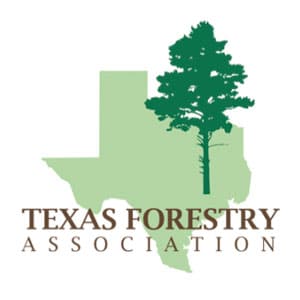
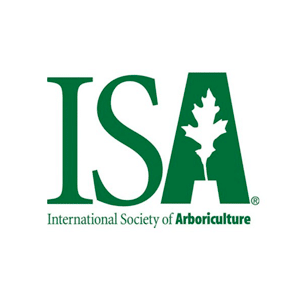

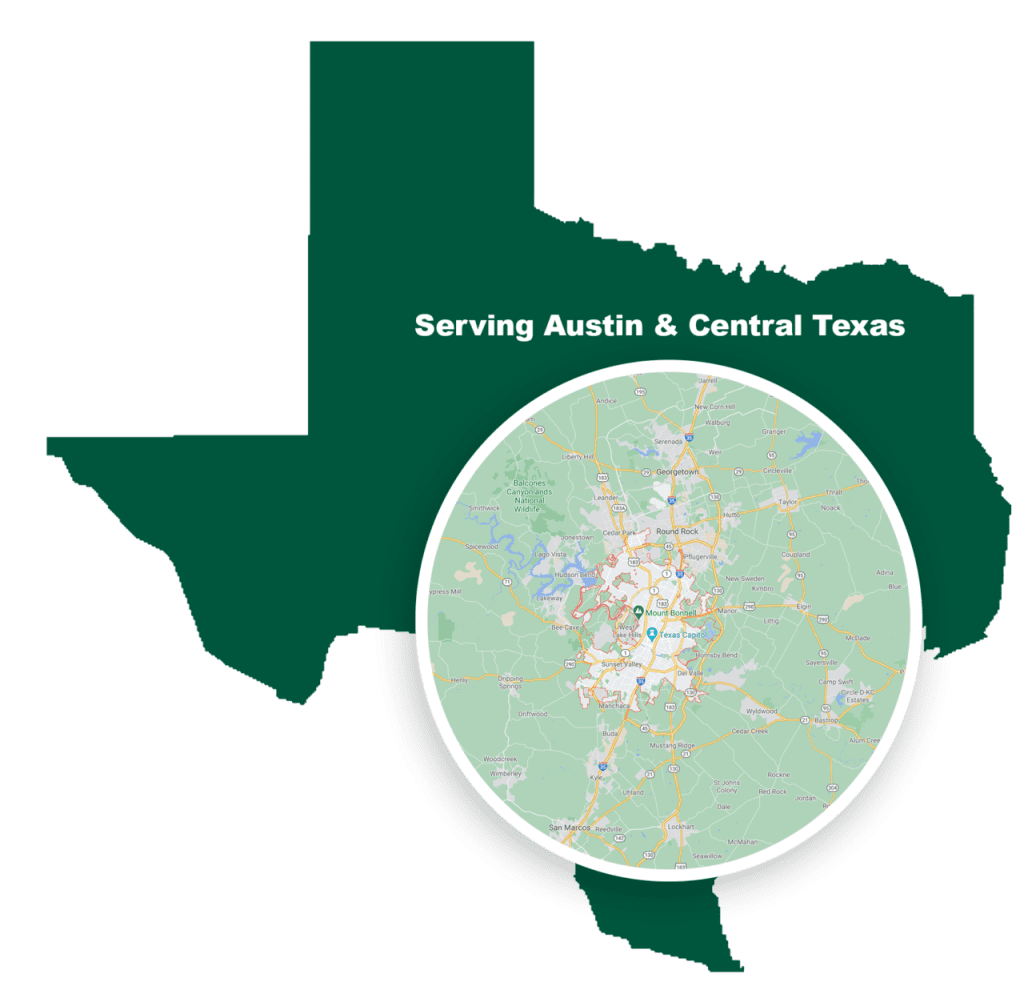
Real Green Services
Real Green Services are known for our great service and low prices throughout Austin and the Central Texas area. We currently service all of Austin and a large portion of the Central Texas area, please call us if you have any questions!
Fastest Growing Company in Texas
Most Popular Services
Deep Root Fertilization | Lawn Care | Lawn Aeration | Pest Control | Rodent Control | Termite Control | Sprinkler Repair | Mouse Control | Weed Control | Lawn Fertilization

